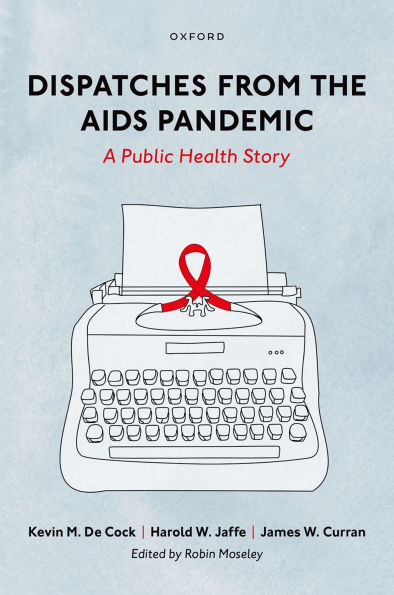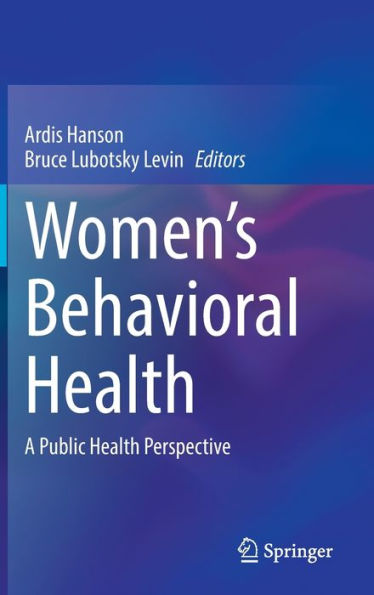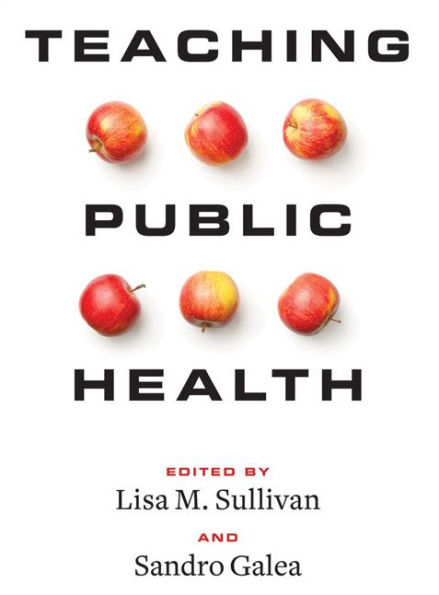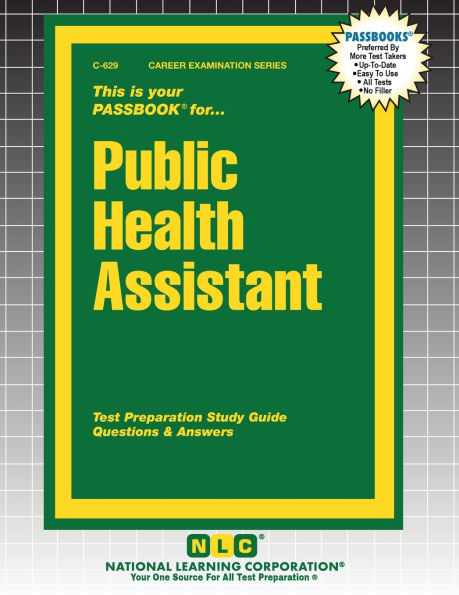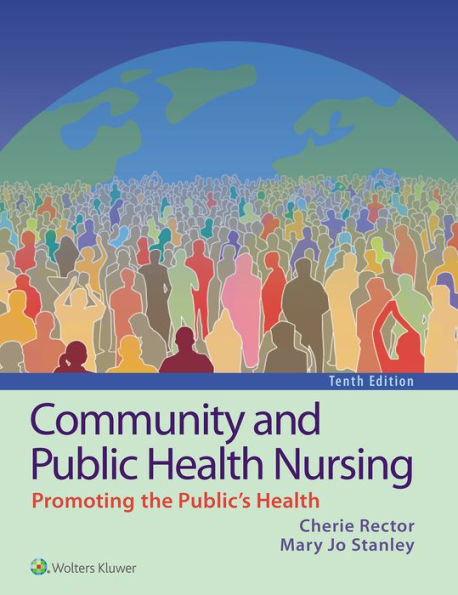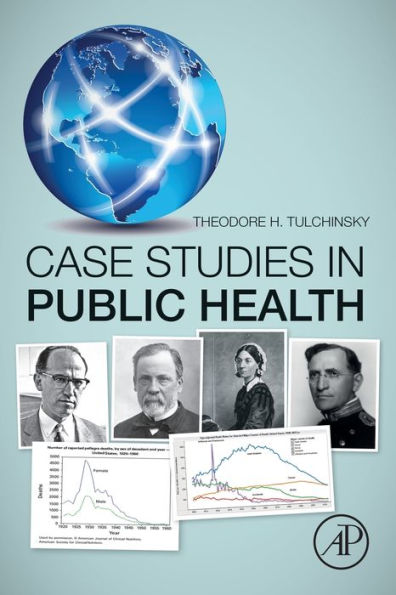Home
From Awareness to Commitment Public Health Campaigns: The Myth
Barnes and Noble
From Awareness to Commitment Public Health Campaigns: The Myth
Current price: $109.00
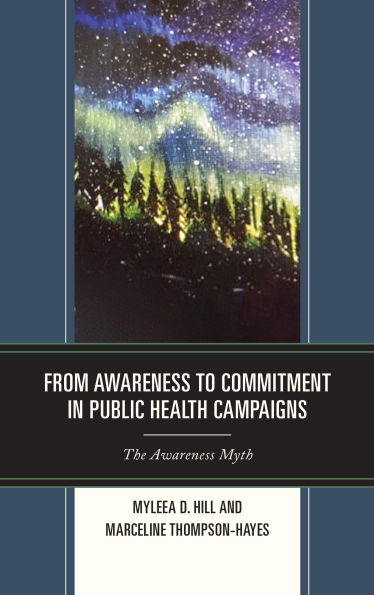

Barnes and Noble
From Awareness to Commitment Public Health Campaigns: The Myth
Current price: $109.00
Size: Hardcover
Loading Inventory...
*Product information may vary - to confirm product availability, pricing, shipping and return information please contact Barnes and Noble
Attempts to raise awareness on a multitude of health issues may actually be counter-productive and even dangerous to solving contemporary health problems.
From Awareness to Commitment in Public Health Campaigns: The Awareness Myth
discusses several myths of the benefits of raising awareness. Myleea Hill and Marceline Thompson-Hayes argue that using awareness as an end-point in public health campaigns is misguided and does more harm than good. They offer a model of the current awareness culture that simply leads to an ever-increasing cycle of awareness without behavioral change or sustained participation and support for causes. Then, they demonstrates how three factors (recognition involvement, knowledge-seeking and education, and participation) intersect to create commitment to solving and alleviating health problems through various methods of communication (social media, mass communication, and interpersonal communication).
From Awareness to Commitment in Public Health Campaigns: The Awareness Myth
discusses several myths of the benefits of raising awareness. Myleea Hill and Marceline Thompson-Hayes argue that using awareness as an end-point in public health campaigns is misguided and does more harm than good. They offer a model of the current awareness culture that simply leads to an ever-increasing cycle of awareness without behavioral change or sustained participation and support for causes. Then, they demonstrates how three factors (recognition involvement, knowledge-seeking and education, and participation) intersect to create commitment to solving and alleviating health problems through various methods of communication (social media, mass communication, and interpersonal communication).
